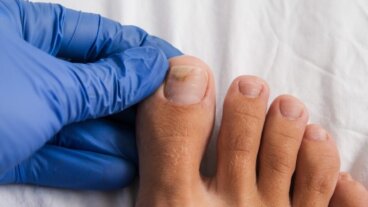10 Habits that Cause Back Pain
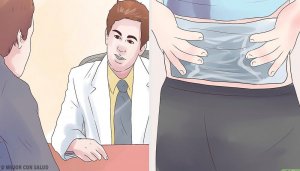
Back pain doesn’t have the same cause for everyone. You can have the healthiest lifestyle and still suffer from pain in your back. When you have certain bad habits or incorrect posture, however, the pain can become worse, to the point that you cannot even move.
This condition is known as lumbalgia and it’s very common in today’s society. It can incapacitate children, adults, and the elderly. The pain may be mild or intense, and might go away in a few days or it could take weeks. Rest can help you recover from the condition, but if your pain worsens it’s best to talk to a specialist.
10 habits to avoid if you don’t want back pain
Some of the habits that can lead to back pain include:
1-Carrying heavy objects

See: 5 recommendations to improve your posture and relieve back pain
2-Sleeping on an old mattress
A mattress can last nine or 10 years without causing any sleeping problems. However, a study conducted at the University of Oklahoma found that people who change their mattresses every five years slept much better, and didn’t develop back pain.
3-Wearing very high heels or platforms
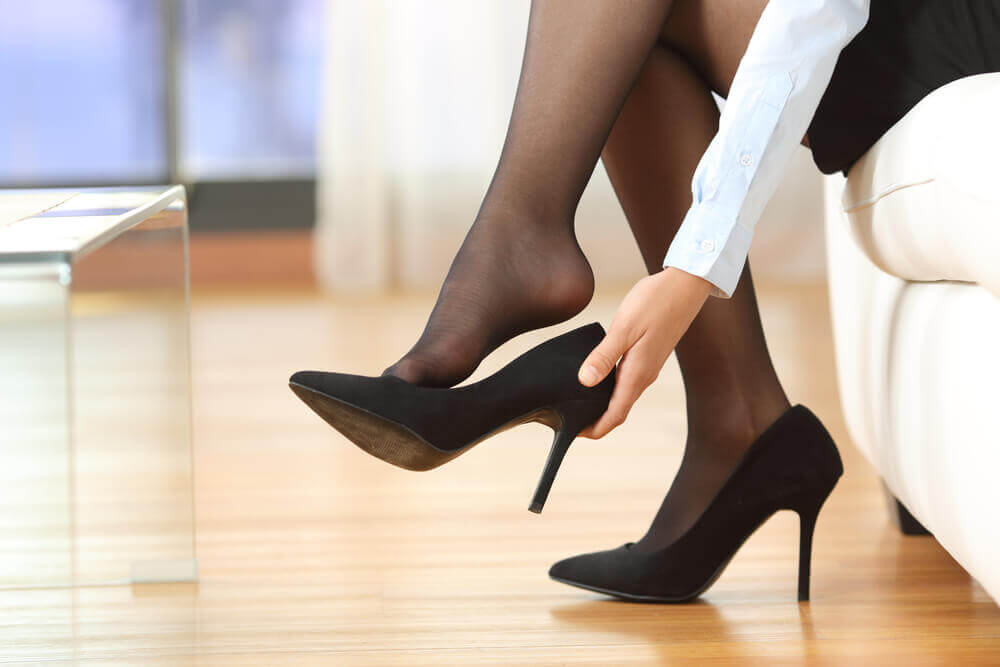
Discover: Leg muscle building exercises
4-Being overweight
Carrying too much extra body weight is destructive to your spine and joints in general. When you force your knees to do this work it puts added pressure on your ankles as well. If you don’t lose some weight your back will soon start to ache and your spine will begin to suffer.
5-Improper lifting techniques
When you lift a heavy object off the floor you have to learn to bend your knees, otherwise you can impact the nerves inside your vertebrae or discs. It’s important to always be careful when lifting heavy objects, as this can lead to intense lower back pain from your waist to your thighs.
6-Poor posture when sitting or walking
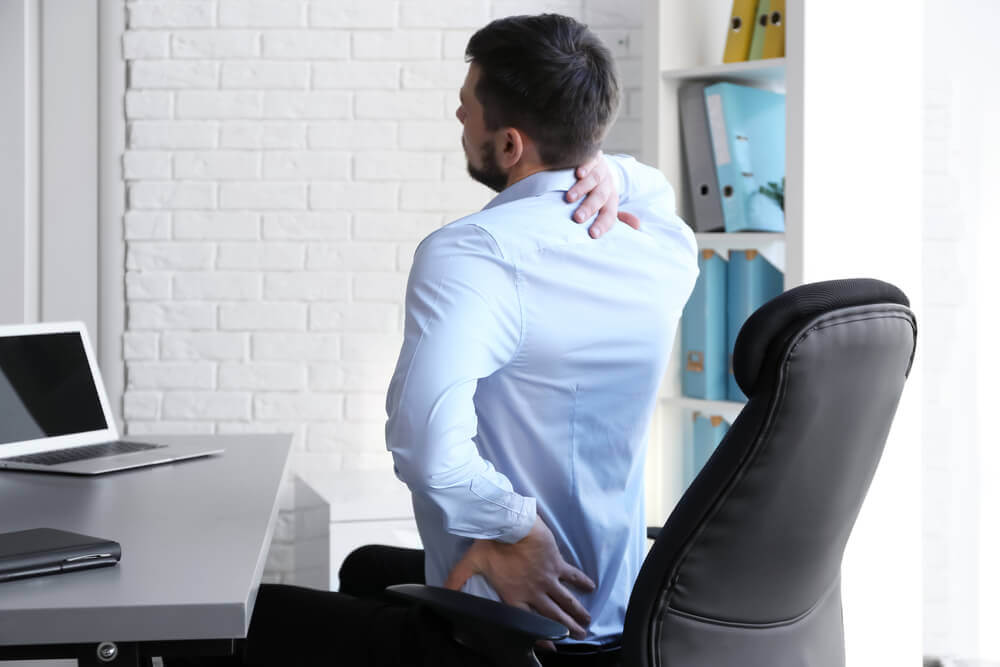
7-Leading a sedentary lifestyle
When you don’t exercise on a regular basis it can have consequences on your back and your body in general. Leading a sedentary lifestyle weakens your muscles so that you have cramping when you do just about anything. Exercise will strengthen your muscles and bones.
8-Having a poor diet

9-Anxiety and stress
If you’re feeling stress it can cause muscle contractions, especially muscles in the neck and back. If they don’t relax, they eventually cause pain. If this condition is not treated properly, you may eventually suffer from chronic pain.
10-Exposure to cold
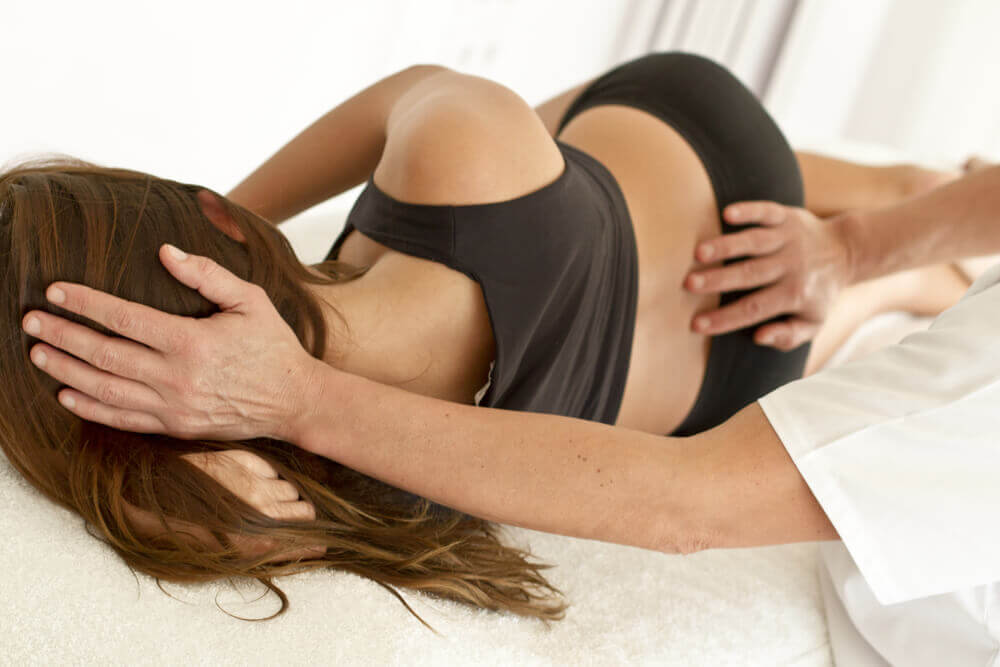
Recommendations
- Get exercise, because your muscles weaken when you don’t train them.
- Make sure you avoid standing or sitting in the same position for a long time.
- Sleep well, because rest is essential for your body to recover.
- Practice some stretching and meditation exercises, paying attention to your breathing. This helps you relax and reduce stress.
- Watch your weight. Your diet should be rich in calcium and vitamin D.
- Maintain good posture when you’re sitting or standing. Try to keep your spine in a straight line.
- Sleep in a comfortable position with a pillow that’s recommended for spinal care.
- Manage your stress levels. This is essential for avoiding muscle cramps and any type of neck or back pain.
- Practice yoga and meditation techniques, as they can prevent back pain and improve your overall quality of life.
All cited sources were thoroughly reviewed by our team to ensure their quality, reliability, currency, and validity. The bibliography of this article was considered reliable and of academic or scientific accuracy.
- Chen, K. Y., Shaparin, N., & Gritsenko, K. (2017). Low back pain. In Pain Medicine: An Essential Review. https://doi.org/10.1007/978-3-319-43133-8_121
- Maher, C., Underwood, M., & Buchbinder, R. (2017). Non-specific low back pain. The Lancet. https://doi.org/10.1016/S0140-6736(16)30970-9
- Hoy, D., Brooks, P., Blyth, F., & Buchbinder, R. (2010). The Epidemiology of low back pain. Best Practice and Research: Clinical Rheumatology. https://doi.org/10.1016/j.berh.2010.10.002
- Chou, R., Qaseem, A., Snow, V., Casey, D., Cross, T. J., Shekelle, P., & Owens, D. K. (2007). Diagnosis and treatment of low back pain: A joint clinical practice guideline from the American College of Physicians and the American Pain Society. Annals of Internal Medicine. https://doi.org/10.7326/0003-4819-147-7-200710020-00006
This text is provided for informational purposes only and does not replace consultation with a professional. If in doubt, consult your specialist.

